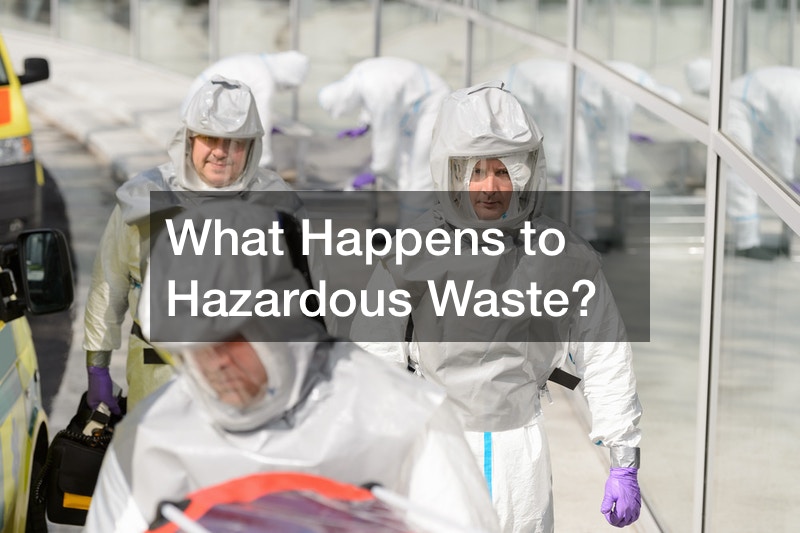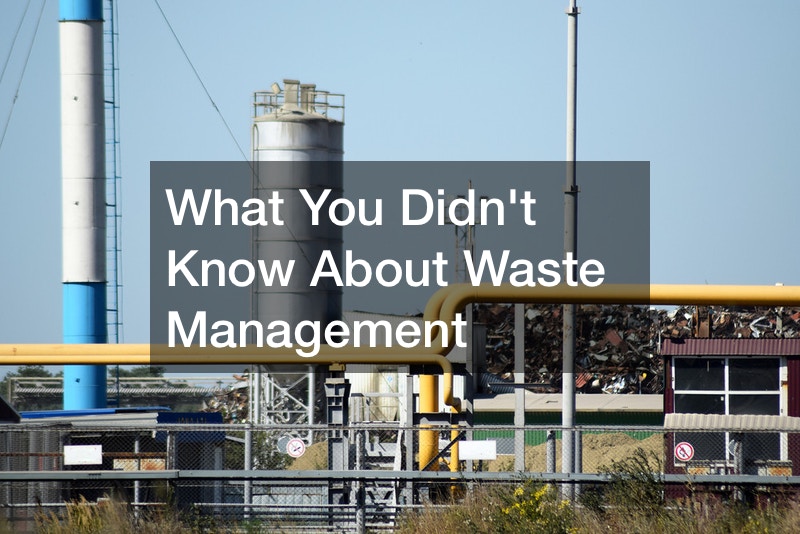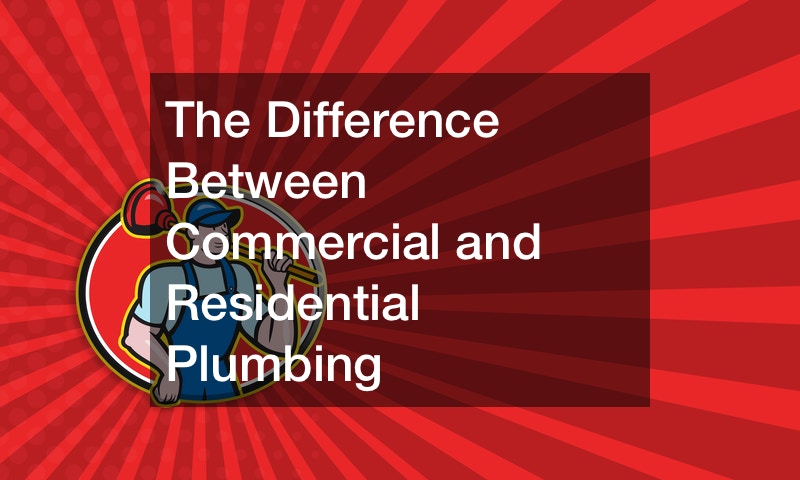
We all take hazardous waste management for granted, even if we don’t see what happens to it after it’s disposed of. The Youtube channel, Veolia Group, explains in detail how hazardous waste is processed.
Both solid and liquid industrial waste can be harmful to the environment and people.
Initially, all waste is properly labeled. Once it arrives at the treatment facility, the waste is identified right away in on-site laboratories.
Heavy metals, acids, and highly toxic liquids are cleansed of harmful contaminants through physio-chemical processes. Centrifugation and distillation remove valuable components from hydrocarbon and solvent wastes. Such processes can help produce fuel for energy.
Air flotation and evaporative systems remove organic wastes from water. After a few days, solid waste is digested by microorganisms, while the water is recycled for future use.
Any other waste that cannot be recycled is incinerated. The combustion gas is subject to vigorous scrubbing and filtration after being captured. Any remaining energy is collected in the form of steam, which can then be converted to electricity. Inert waste that cannot be processed is taken to landfills that are subject to strict environmental regulations.
Without these measures in place, we would live in dangerous conditions. Hazardous waste treatment is an industry we can’t live without.




